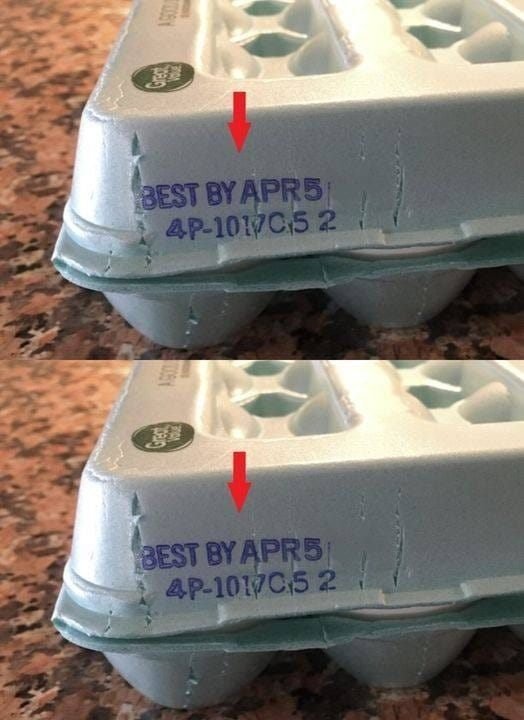The Secret Life of Egg Cartons: Decoding the Julian Date and Beyond
For egg lovers like me, there’s something satisfying about cracking an egg—whether it’s for a fluffy omelet, a decadent cake, or a savory serving of fried rice. While I sometimes pick up fresh eggs from the farmer’s market, most of my eggs come from supermarket cartons marked with an array of printed codes. Over time, understanding these codes has become an essential part of my culinary adventures.
What Is the Julian Date?
One of the most interesting details on an egg carton is the three-digit number known as the Julian date. This code tells you the day of the year that the eggs were packed. For example, “001” represents January 1st, while “365” corresponds to December 31st in a non-leap year. By converting this number, you can determine just how fresh your eggs are. If you see a Julian date of “150,” you know the eggs were packed on the 150th day of the year—typically in May—helping you decide whether to use them immediately or save them for later.
Why Freshness Matters
Egg freshness is key, not only for taste but also for food safety and texture. Fresher eggs tend to perform better in recipes; they whip up fluffier omelets and create lighter baked goods. By checking the Julian date, you can ensure you’re using eggs when they’re at their peak, making your cooking a little bit more foolproof and your meals more satisfying.
Decoding Other Numbers on the Carton
Beyond the Julian date, egg cartons often include additional codes that offer insights into the egg’s production. For instance:
- Production Method Codes:
Many cartons begin with a single digit that reveals how the hens were raised. In the United States, a “0” typically indicates that the eggs come from organically raised hens with outdoor access. A “1” might suggest cage-free conditions, a “2” often means free-range, and a “3” signals that the eggs were produced in conventional caged environments. Knowing this helps you make informed choices that align with your culinary needs and ethical values. - Sell-By and Expiration Dates:
Alongside the Julian date, you’ll usually find a “sell-by” or “expiration” date printed on the carton. This date isn’t just a suggestion—it’s a guideline for ensuring that the eggs remain safe and delicious. By keeping an eye on these dates, you avoid the risk of using eggs that might have started to decline in quality. - Packaging Plant Information:
Some cartons include a code that identifies the facility where the eggs were processed. While this information might seem trivial at first glance, it can offer additional assurance about the standards and practices upheld during production.
The Journey From Farm to Table
Understanding these numbers transforms the simple act of cracking an egg into a mini lesson on food production. Each code is a snapshot of the egg’s journey—from the care of the hens to the precision of modern packing processes. For many of us, learning to decode these labels is like uncovering a secret language that connects us with the food we eat, fostering a deeper appreciation for everyday ingredients.
How to Use This Knowledge in the Kitchen
Armed with this information, you can now shop with greater confidence:
- Select the Freshest Eggs: Compare Julian dates to choose eggs that were packed most recently, ensuring maximum freshness.
- Make Informed Choices: Decide on your eggs based on how the hens were raised. Whether you prefer organic, free-range, or simply the most affordable option, the carton holds the details.
- Plan Ahead: Use the sell-by dates to manage your egg usage, preventing waste and making sure you’re always cooking with the best ingredients possible.
A Final Crack at Appreciation
The next time you reach for a carton of eggs, take a moment to study the numbers printed on the side. Each digit tells a story—from the calendar day the eggs were packed to the conditions in which they were produced. It’s a small detail that, when understood, adds an extra layer of enjoyment to your cooking. So go ahead, crack an egg, and savor not just the taste but also the fascinating journey it represents from farm to table.
Happy cooking!
